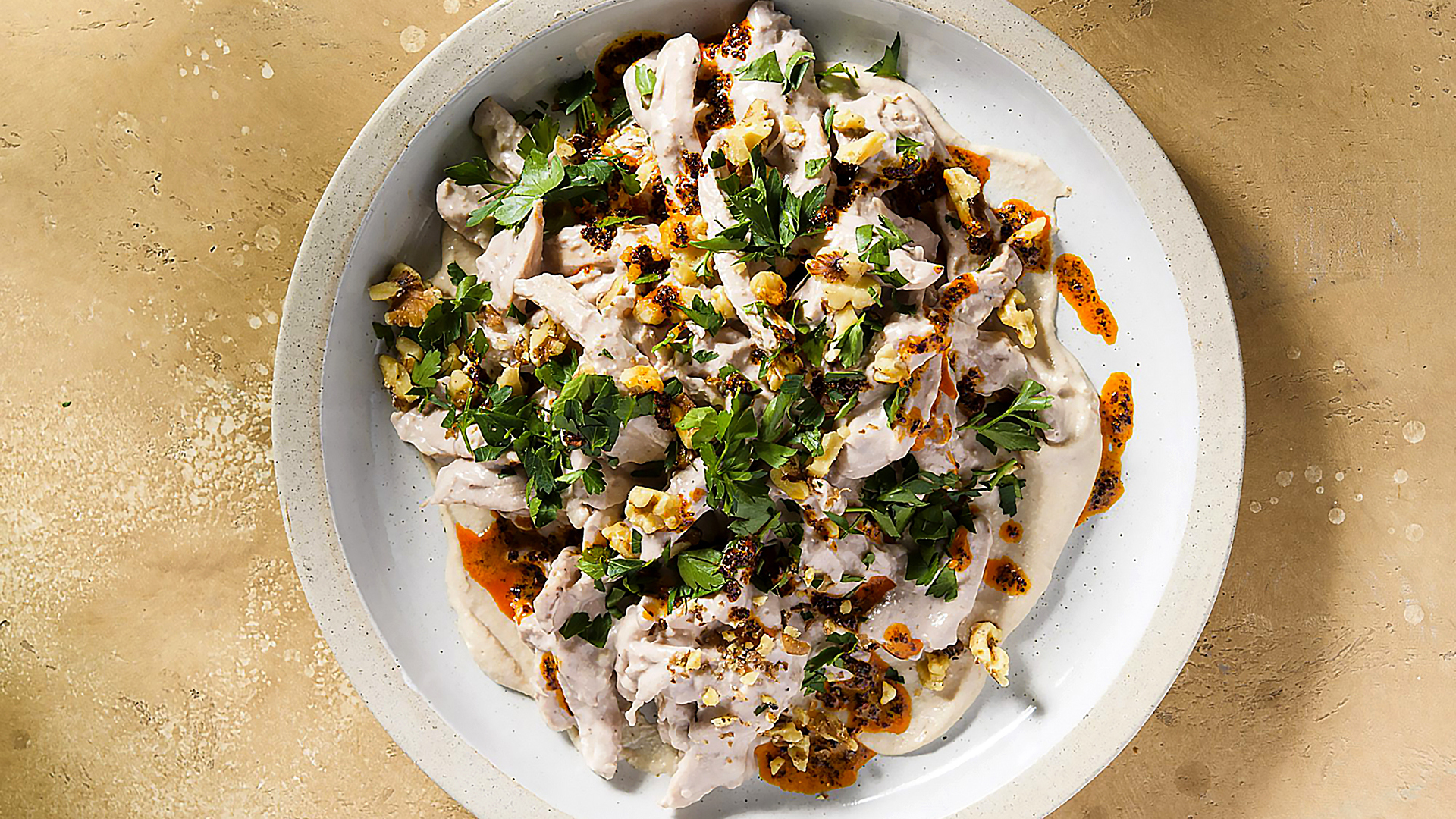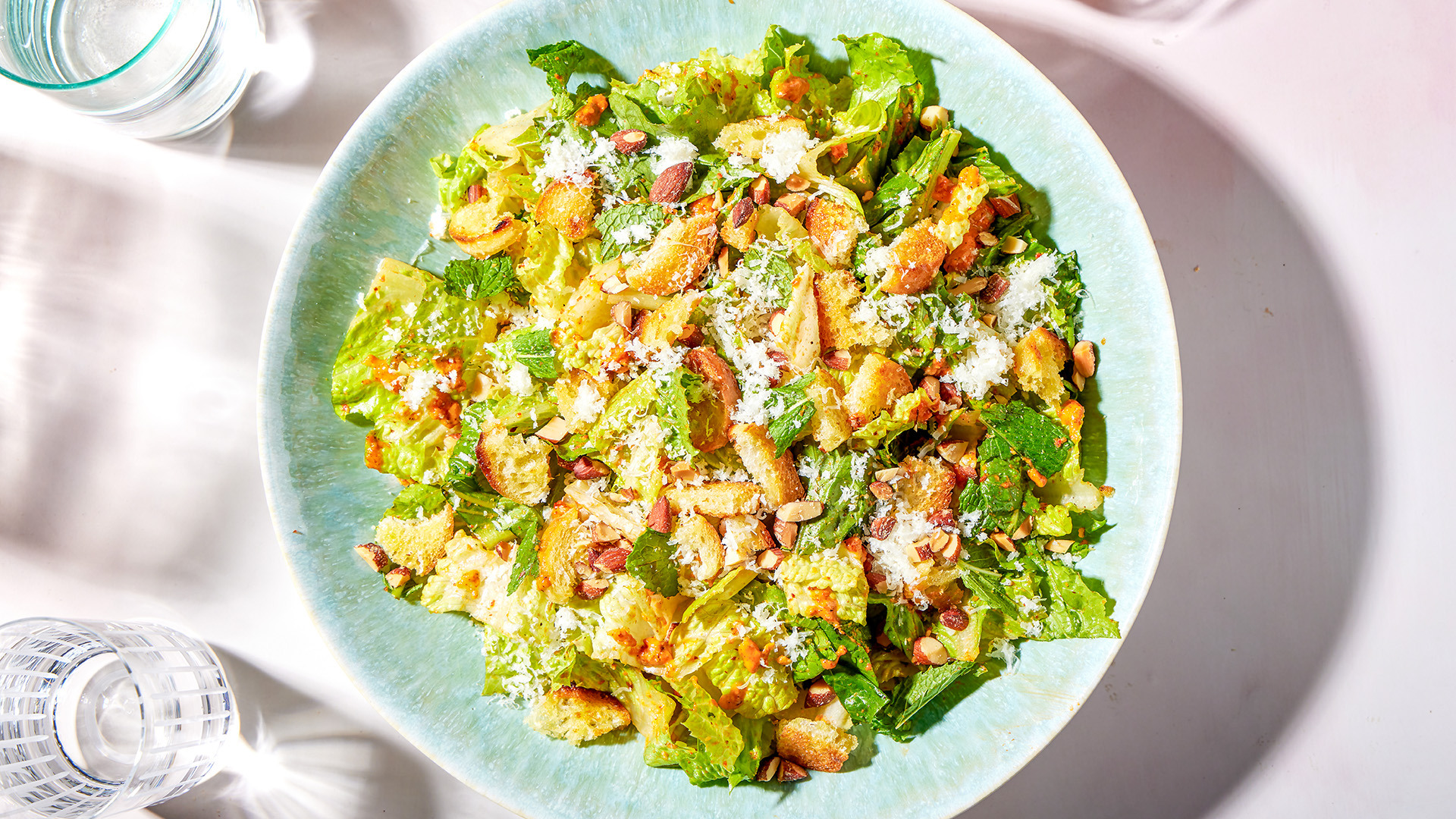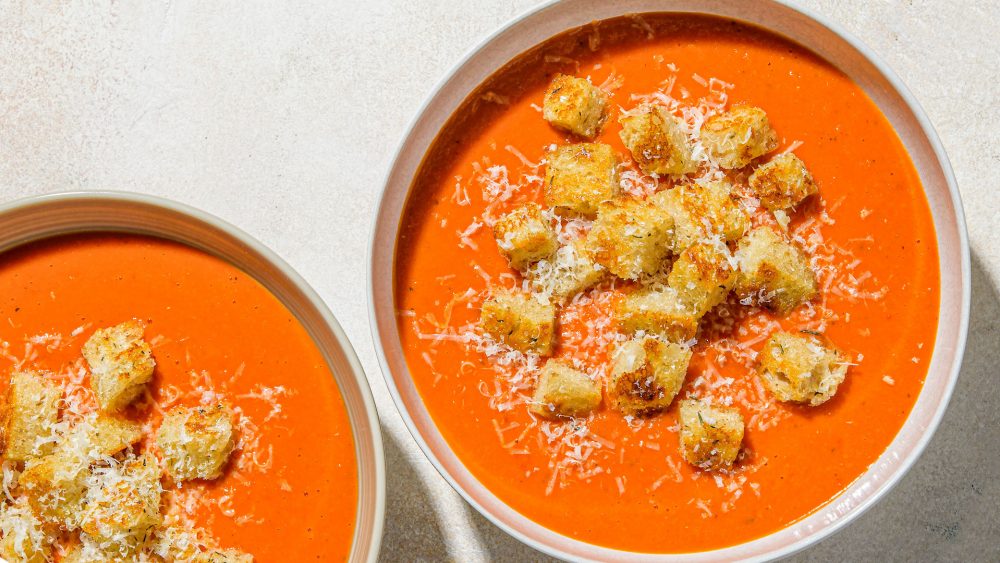If you’ve ever used pasta water to thicken a sauce or corn starch to thicken turkey gravy, you’re already familiar with how starches can make things thick and creamy without the need for added dairy. And while “starch” may be a dirty word to the no-carb diet enthusiasts, it’s a very important molecule.
According to Harold McGee’s On Food and Cooking, the Science and Lore of the Kitchen, starch is simply “the molecule in which most plants store the energy they generate during photosynthesis,” and what “provides about three-quarters of the calories for the earth’s human population.” It’s also the easiest way to add a luscious texture to a wide variety of foods, from soups to salad dressings.
How starch thickens
Starch molecules are long chains of sugar molecules bound together, either long and straight or short and branched. In plants, these starches are deposited into granules. In cold water, the granules can absorb about 30% of their own weight, but from there they sink to the bottom of the pot, where they don’t contribute much. Heat the water, however, and some of the weaker regions of the granules break, causing them to swell until the chain-like molecules lose their ordered structure—and that’s when the magic happens. From there they absorb a ton of water, becoming a tangled, amorphous, almost gelatinous network of starch chains and water.
An average piece of white bread is almost 50% starch by mass, making it an utterly accessible but woefully underutilized thickening agent. In addition to starch, there’s thickening magic hiding in the crusts: As crusts brown during baking, the starches break down into sugars called dextrins, which are fantastic emulsifiers that bind ingredients together and prevent them from dispersing. (Dextrins are so effective, they’re extracted and added to packaged soups, sauces, sweets and baby food.)
Use bread to give soups creamy texture without any cream
Tomato bisque is usually made with heavy cream to balance the acid from the fruit and give the soup a rich texture. But it can veer a bit too rich if you’re not careful, and obscure the bright flavor of your tomatoes. In our Cream-Free Tomato Bisque with Parmesan Croutons, we blend 1 1/2 cups of white bread with onion, garlic, thyme, and (of course) tomatoes. It’s creamy, but light and bright—you can really taste the herbs and aromatics. The rest of the bread gets turned into Parmesan-crusted croutons for a grown-up take on the classic combination of tomato soup and grilled cheese.
Make mayo-less chicken salad with broth-infused bread

Based on the chicken salad Christopher Kimball ate on a trip to Türkiye, Circassian Chicken—or Sultan’s Chicken Salad—is a recipe that dates all the way back to the Ottoman empire. It’s completely free of mayonnaise and incredible on a sandwich. For our version, we start by poaching chicken (two whole breasts and two whole legs) in water. The liquid is strained away from the meat, then used to moisten pieces of stale bread. The broth-infused bread is blended with walnuts, which are excellent emulsifiers and thickeners in their own right, along with a little more liquid to make a paste-like sauce that’s tossed with cooked chicken. Traditionally, this was a time-consuming dish. The walnuts were mashed with a mortar and pestle until the oils separated, giving this dish its singular unctuousness. But with a food processor, it’s nearly effortless.
Emulsify salad dressings with croutons, not mustard

A squirt of Dijon mustard is what holds so many vinaigrettes together. The mucilage found in the mustard seed’s outer coating is an excellent emulsifier, but mustard has a strong flavor that can overpower the other ingredients in a vinaigrette. Croutons—dried bread—have no such flavor.
In this very loose interpretation of a Caesar salad, we favor a bread-thickened dressing that’s similar to romesco, a nutty, garlicky, olive oil-rich red sauce from the Catalonia region of Spain. Romaine hearts, chopped smoked almonds and toasted bread supply the dish with lots of texture, while Manchego cheese brings saltiness and umami. The dressing is also great on steak, shrimp or grilled or roasted veggies, so consider making a double batch and saving some for later use (it keeps well in the refrigerator for up to three days; bring it to room temperature before use).
If you want to play around with your own creamy, all-purpose, bread-based dressing, blend ½ cup oil, ¼ cup vinegar and ¼ cup toasted bread, then season however you like to taste. It’s a great way to use up any last bits of chili oil, harissa paste, or seasoning blends, not to mention a perfect use for that hunk of baguette that’s starting to stale.
Join the conversation on Facebook, Instagram, TikTok and Pinterest.
And if you're looking for more Milk Street, check out our livestream cooking classes with our favorite chefs, home cooks and friends for global recipes, cooking methods and more.








